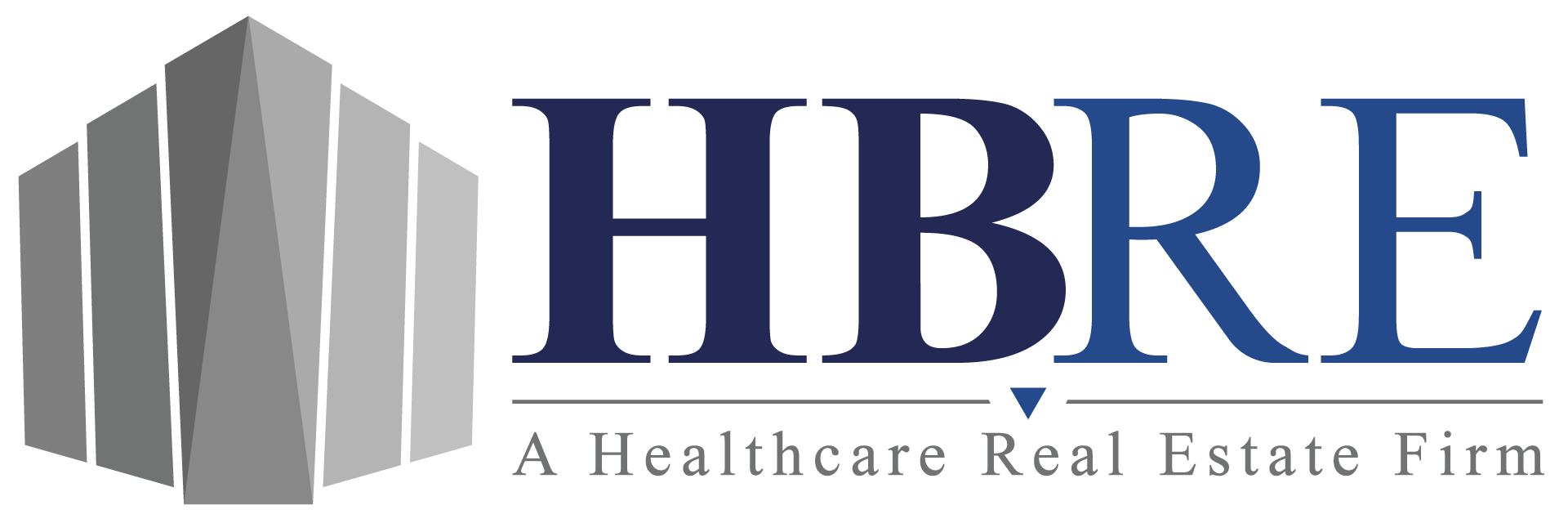As a follow up to our article about Opportunity Zones in our December newsletter, we want to delve in a little deeper to explore the advantages of both tax saving vehicles and compare one to the other.
1031 Exchange
The 1031 Exchange, sometimes called “swapping”, is the older, and more well-known of the two, tax deferral strategies. It gets its name from Title 26, Section 1031 of the U.S. Internal Revenue Code (26 U.S.C § 1031), which allows an investor of real estate to defer recognition of capital gains tax liability on the appreciation of the real property upon the sale of such property if the proceeds of the sale of the real estate are used to purchase (the exchange) the new property, which must be “like-kind” by statute.
There are certain time limit rules associated with the 1031 Exchange. The investor must identify the new like-kind potential properties to be purchased within 45 days of the sale of the first property, and then one or more of those properties must be purchased with 180 days from the closing on the first property sold. A qualified intermediary, who facilitates the transaction and who holds the funds until they are paid to the seller of the replacement property, must be selected. The tax that would have been paid on the sale of the initial investment may be deferred indefinitely.
Opportunity Zone Funds
Opportunity Zones are economically-distressed properties that may qualify for preferential tax treatment if certain parameters are met. These Qualified OZs were created by Congress through The Tax Cuts and Jobs Act of 2017. The purpose of the Act is to attract long-term capital to low income communities and thereby spur economic development and job opportunities in those areas by offering long-term tax incentives to investors and developers of real estate in these areas. Investors can defer capital gains from a previous sale through Opportunity Zone Investments set up through an Opportunity Fund.
The Act provides for capital gains tax reductions of 10% if the investment is held for at least five years. For investments held seven years or longer, the reduction on the deferred gain is increased to 15%. If the investment is held ten years or longer, the investor is eligible to increase the basis of the investment to equal the fair market value as of the sale date or exchange of the OZ investment, which could result in the investor paying no capital gains tax on the appreciation upon the sale of the initial opportunity fund investment property.
Advantages of One Option Over the Other
Paying Tax After Property Sells
Perhaps the biggest advantage of the Opportunity Zone Fund investment is the ability for the investor to forever exclude tax payments on any gains on the initial OZ investment property after holding the property for 10 years. The 1031 Exchange investor will eventually, potentially after many years or decades, pay the tax bill on the replacement property either through the eventual sale of the property or through inheritance.
Physical Location of the Property
Whereas the Opportunity Zone properties must be physically located in a geographic area (the Opportunity Zone), the 1031 Exchange property is not limited to a specific region or zone.
Requirement For An Intermediary
A 1031 Exchange prescribes very detailed requirements for an intermediary to facilitate the transaction. The Opportunity Zone Fund rules do not mandate an intermediary, which can lower these associated costs and professional fees to the investor.
There are many different aspects of both the 1031 Exchange and Opportunity Zone Funds to consider that could be advantages or disadvantages to a specific investor depending on many factors. Both types of transactions are tax-deferred strategies that have their own benefits and separate requirements, therefore we strongly suggest that you consult with a qualified tax advisor to make the best decision for your particular situation.
Let HBRE become a trusted resource for all your commercial real estate needs. Reach out to us at 615-564-4133 or find us online at hbre.us.




